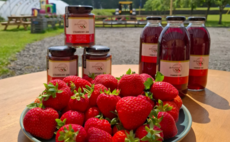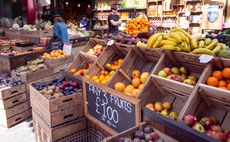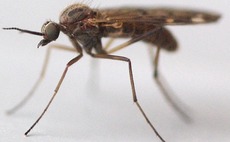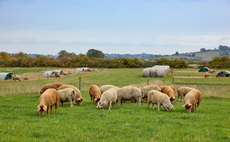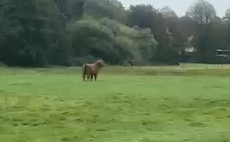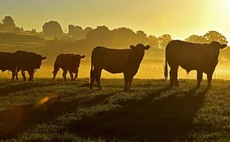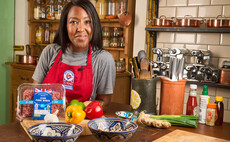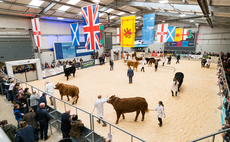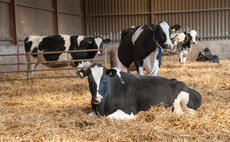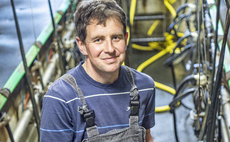
Alastair Sneddon on cattle handling.
There have been some very eloquent contributions to this column over recent months commenting on the outstanding prices and speculating on whether the current trade will prevail.
It is always dangerous trying to predict the future, but not perhaps as dangerous as handling cattle.
The Government has indicated animal welfare is a top priority and we have seen from their recent consultation on journey times and the temperature at which stock can be transported that it is clear these matters are concentrating their minds.
We hardly need to mention the same people seem intent on allowing the import of meat from distant corners of the globe, where standards are not up to the levels they want here.
We are going to be under greater scrutiny on farms and particularly in markets where anyone can view how we are conducting ourselves.
I believe that there is room for improvement and that the shout and thrash school of cattle handling should be consigned to history.
We can learn much from the experts in animal behaviour, notably Dr Temple Grandin from the United States and Miriam Parker on our side of the Atlantic.
Anyone who has seen their presentations will realise that by understanding why stock reacts in a particular way is key to handling animals in a kinder, safer and thoughtful way.
One of the first things we are told is that cattle are herd animals and do not like to be isolated from their group. If this does happen, they quickly become stressed and as a result a danger to themselves and those trying to handle them.
We are also told cattle consider themselves to be prey animals and see us as predators, therefore have a powerful desire to stay in a group and avoid separation.
We are fortunate in Derbyshire in that vendors are prepared to recognise that a well matched bunch of store cattle will sell better together than if offered individually.
Isolation
Kept in a bunch, the animals suffer much less stress being penned, passing through the ring and being reloaded all without isolation.
From a buyer's point of view, this approach clearly appeals, with the opportunity to buy a nice bunch in one hit avoiding the risk of buying one animal and then struggling to assemble a load.
Another benefit is that buying in bunches reduces the number of farms from which a load has been assembled, so less mixing of strangers and fewer bugs to worry about.
All this supports my theory that bidders are prepared to push the boat out and give a little more to buy a well matched bunch, which must be good news for the seller.
One other advantage is that selling in larger lots speeds up the progress of the sale, allowing stock to be loaded earlier and on their way to pastures new that much sooner.
We hear tales from other areas of the country where the custom is to sell store cattle one at a time. Perhaps the vendor wants to see the auctioneer sweat blood and earn every penny of his commission.
I am pleased to report that here in the Peak District we are able to sell in larger lots and that in more ways than
one there is safety in numbers.
In more than 40 years of auctioneering I have been called many things, but never thought of myself as a predator.
Alastair Sneddon
Alastair Sneddon is a senior partner at Bagshaws. Call 01629 812 777, or email [email protected]













